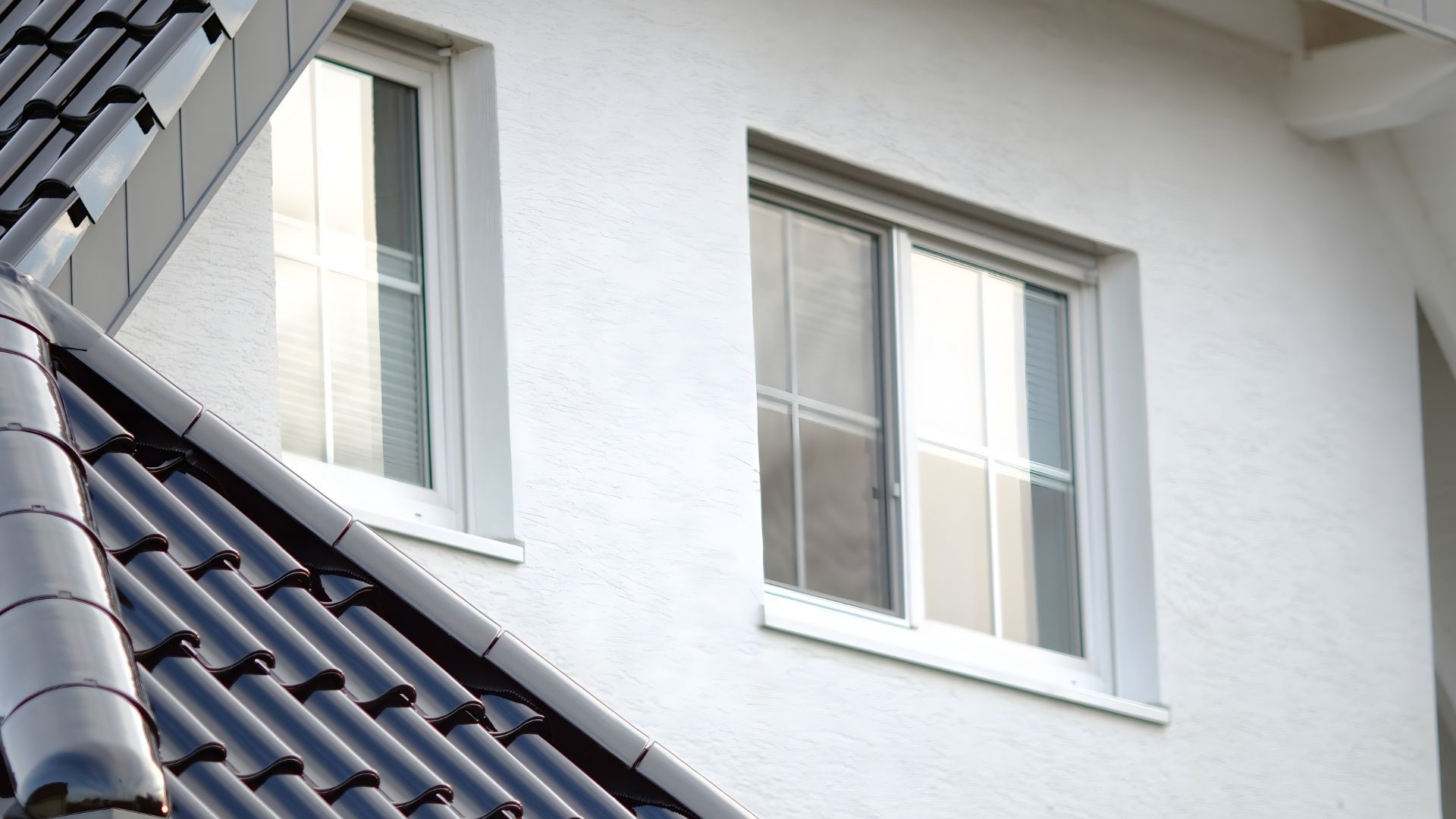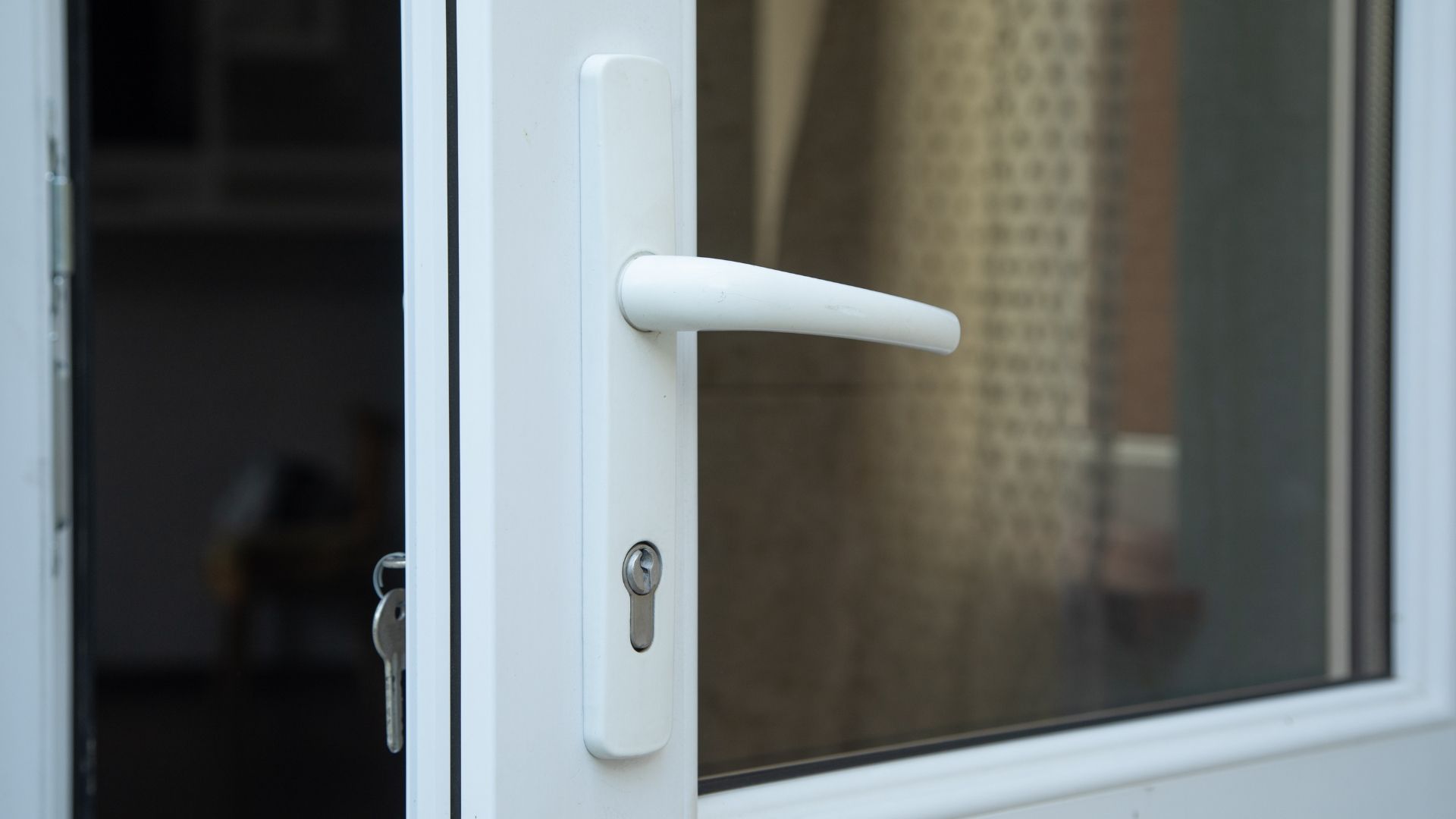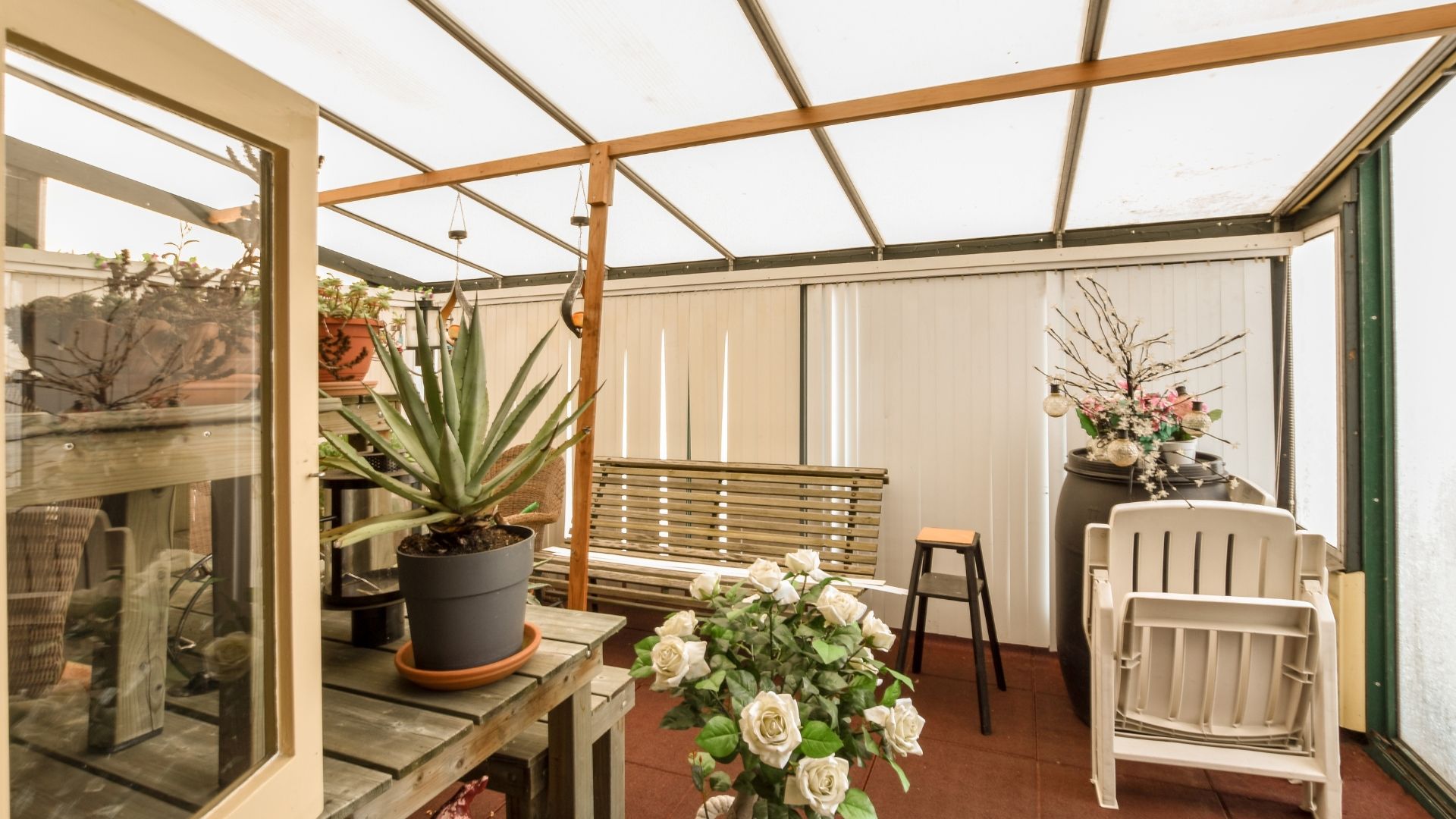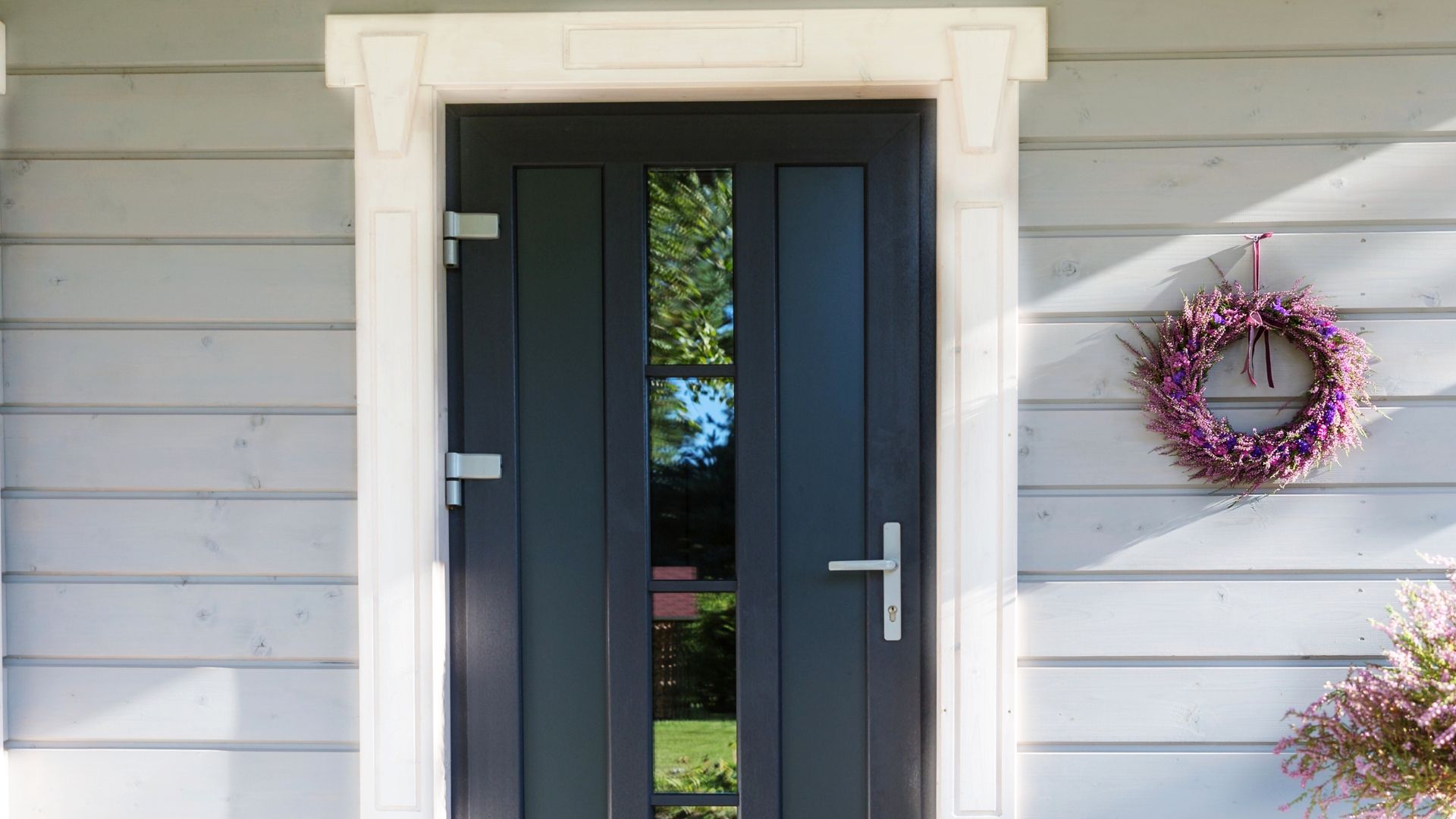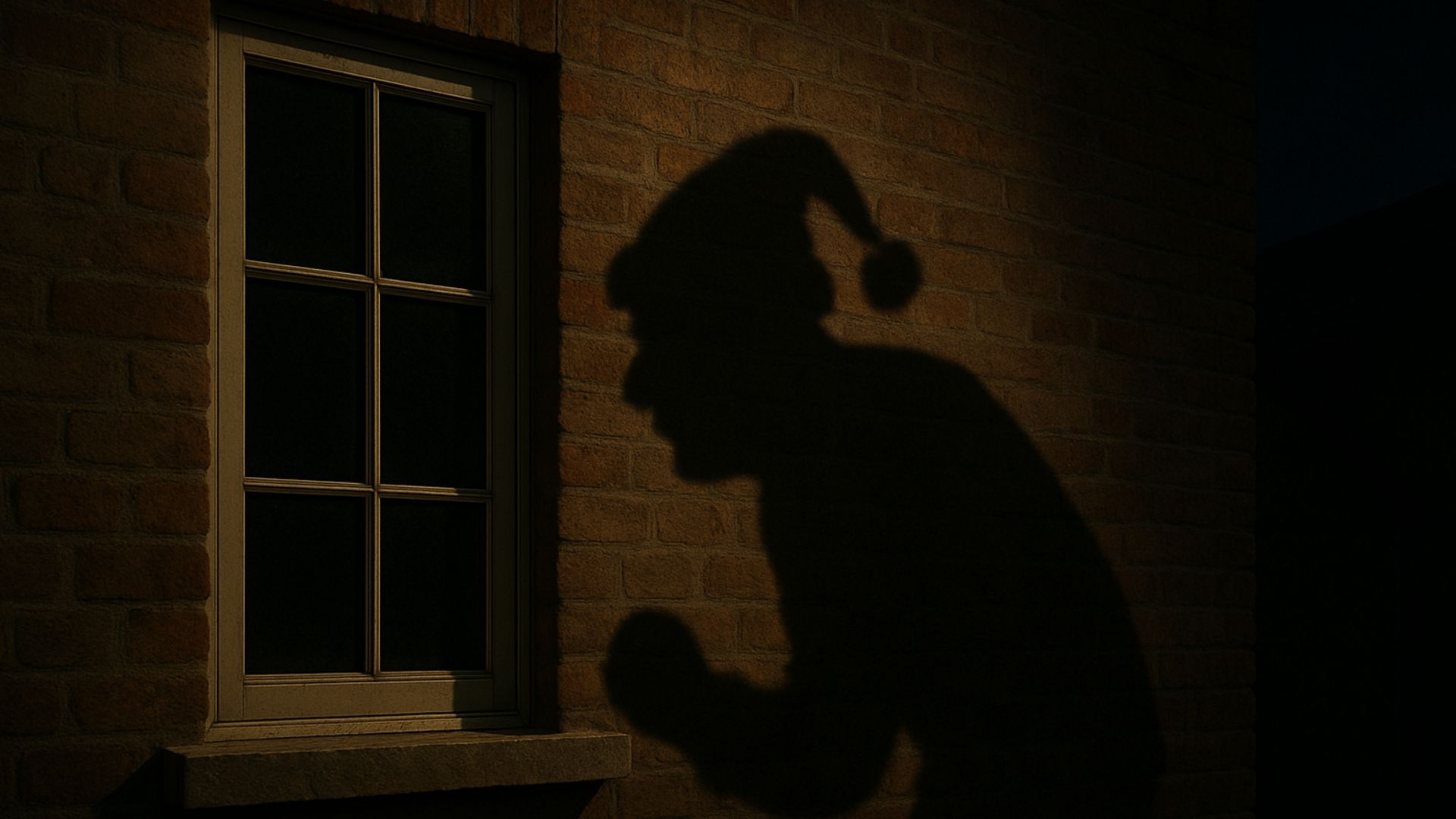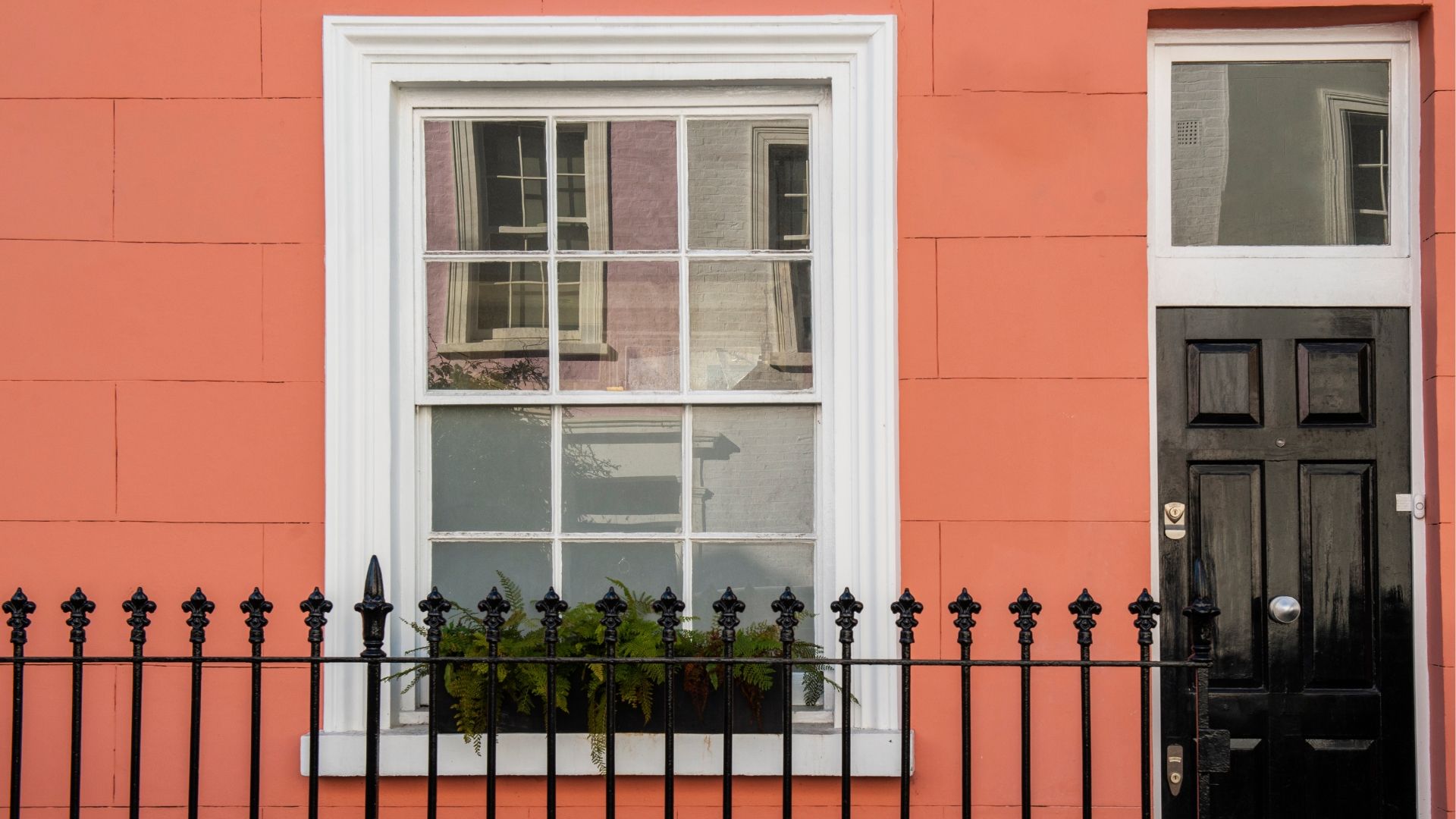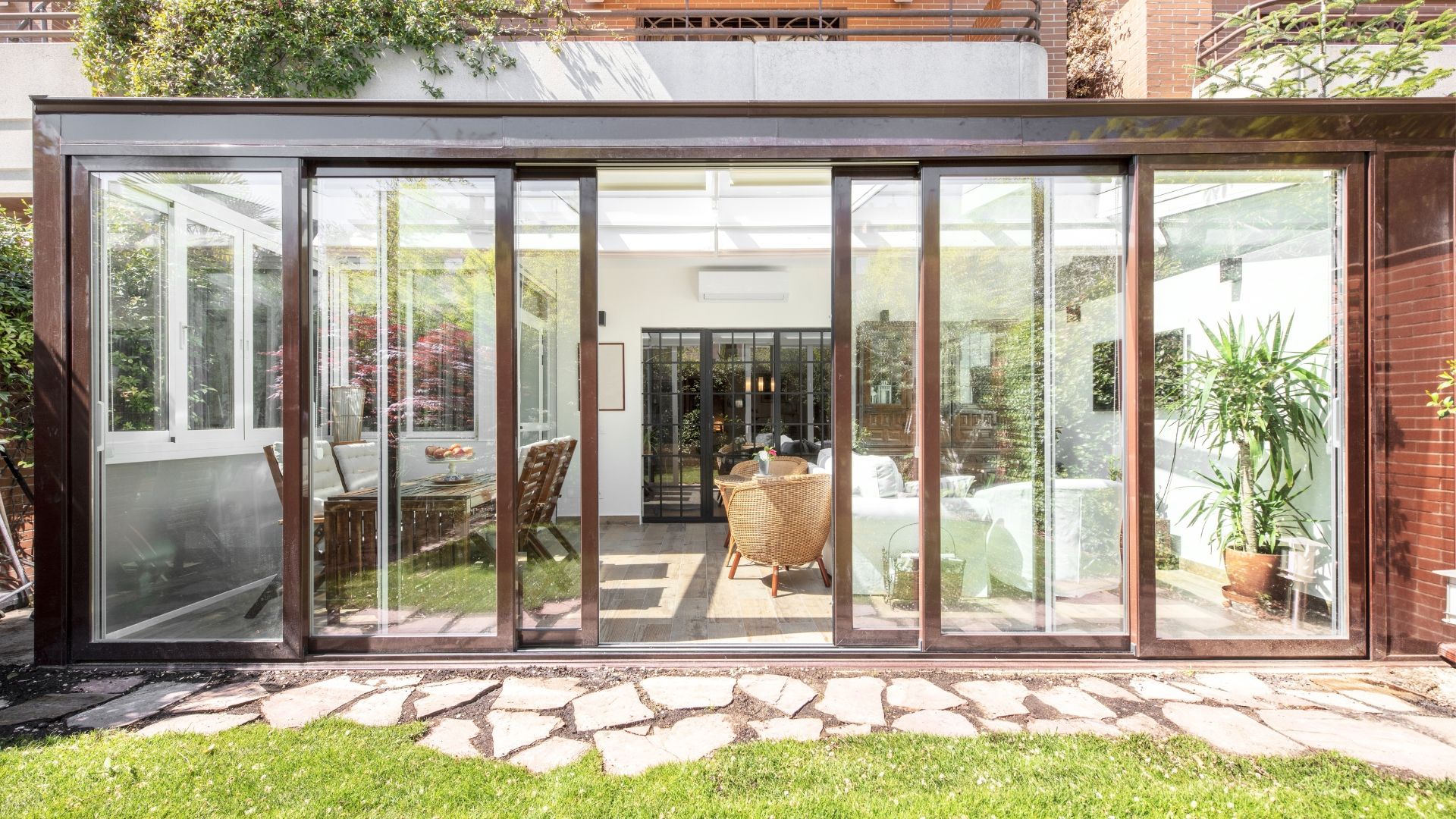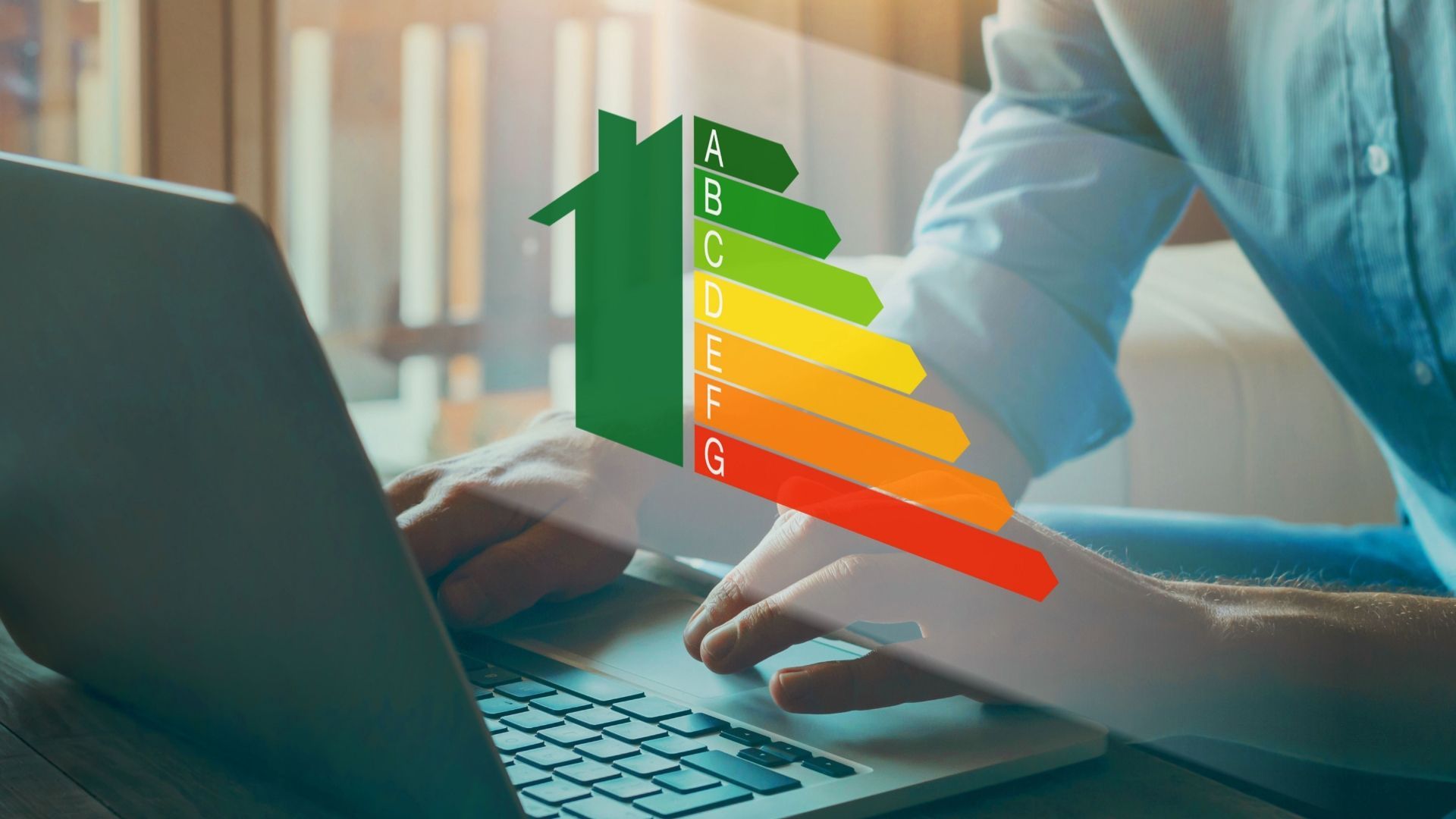How to measure for new windows
Getting new windows and need to take measurements? Follow our guide to make sure you get them right.
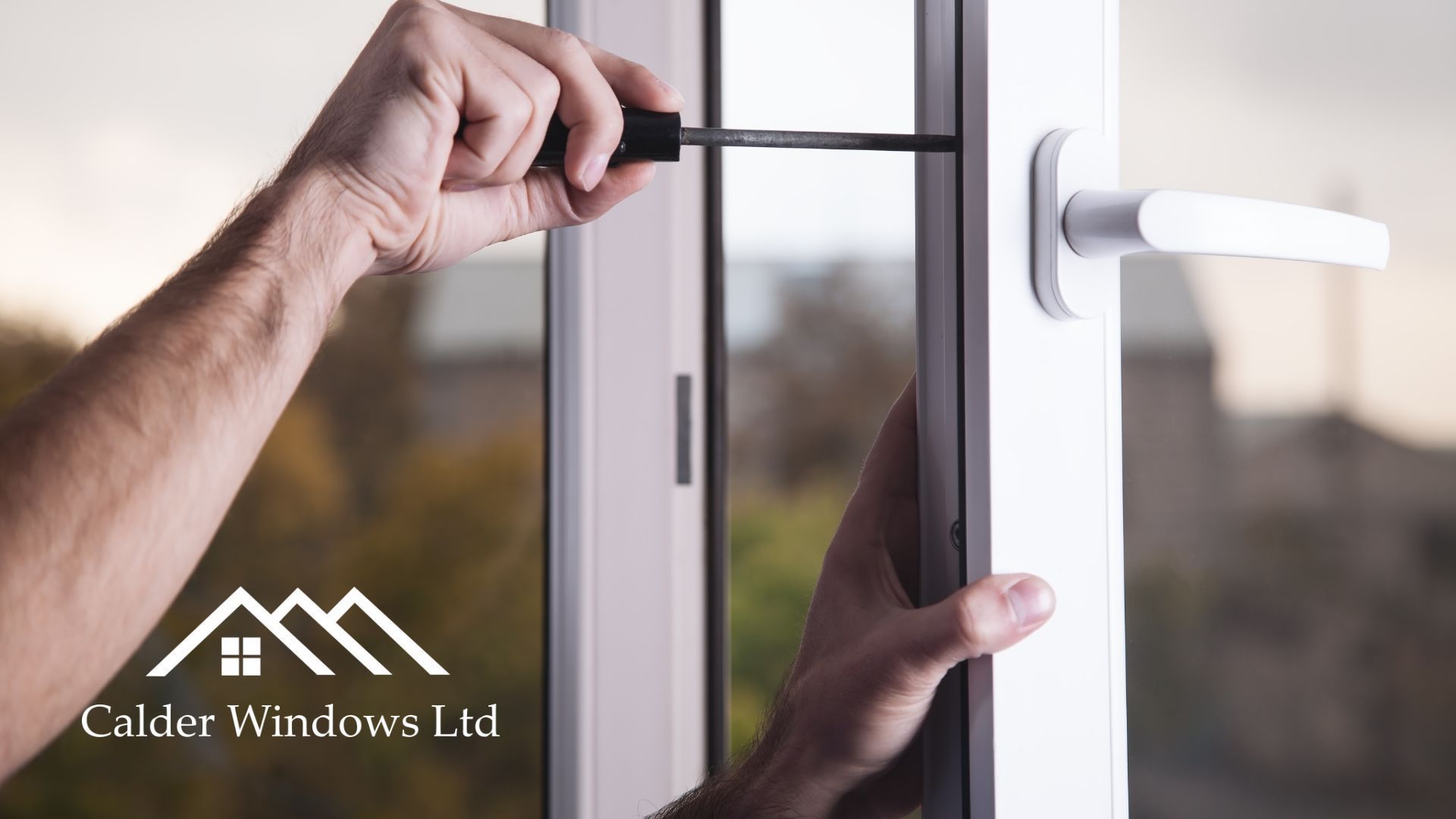
So, you're looking to get your windows replaced? Whatever the reason, you're going to need a quote from the window installer. And to get that quote, you need measurements.
Yes, measurements: those numerals and decimals that can make or break a project.
Why? Because when it comes to windows, the devil is in the details.
Too big, and you're pumping your central heating into the street in winter and inviting the cold air in for a cuppa in winter. Too tight, and you're going to have a creaking, scraping, hard-to-handle window on your hands.
So, accurate measurements are important. "But surely", we hear some of you say, "accurate measurements are a case of simply getting out the tape measure and jotting down the width and length?"
Well, yes and no. You don't need elaborate technical equipment or specialist knowledge to measure your windows correctly. But you do need to follow the correct method to ensure your installer can give you the right materials.
In this blog post, we talk you through the method you need to follow as well as some common mistakes that people make. Then we weigh up the pros and cons of doing the job yourself versus getting a professional in.
The method
When it comes to measuring windows, accuracy is all. An incorrect window size is a waste of time and money, so make sure you measure and measure again.
And remember, when we say "measuring windows", we mean just that: the windows themselves. Don't measure the window plus the casing or moulding – just the window.
1. Measure the window's width
Take three measurements across the window from brick to brick. First, measure from the top, then the middle, then the bottom (along the sill).
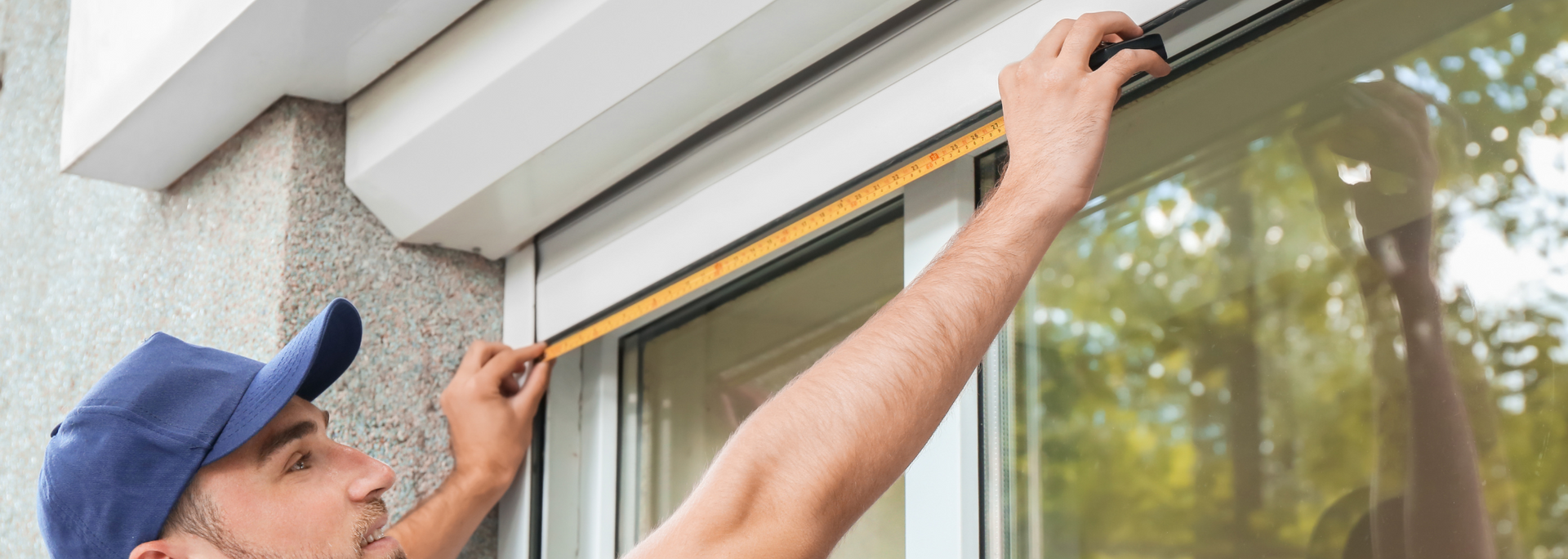
Why? Because window openings are often uneven – especially in old houses. You need to take these possible discrepancies into account before contacting your installer.
Once you've got your three measurements, highlight the smallest. This is the one you're going to use.
2. Measure the height
Now, you want to repeat step one but go all the way down from the top of the window to the sill. Do this on the left side, the right side and down the middle. Again, go with the tightest measurement to minimise the chances of an incorrect fitting.
3. Measure the depth
Now you want to open the window and measure the depth of the sill. This will obviously be much smaller than the others – a matter of inches. Again, you need to take multiple measurements and pick the smallest.
Do you need toughened glass?
If the glass line is lower than 800 millimetres from the ground, your window will need to be made from toughened or tempered glass, which is a type of safety glass. This is a BS (British Standard) regulation and applies to both domestic and commercial settings.
Common mistakes
Follow the method above and you should be good to go – especially if you remember to measure and measure again.
However, there are a number of common mistakes that people make when measuring windows for replacement. Make sure you don't make them yourself!
1. Measuring the windows from the inside
Measure the window from inside your home and you might not get an accurate reading. This will cause problems down the line when you have to replace your replacement.
2. No expansion gap
Window frames can expand in the heat. That's why there needs to be an "expansion gap". The alternative is for the frame to expand and the window to become hard to open. A good window installer will take this into account, but it pays to be aware of this small but important detail.
3. The window isn't level or plumb
There's no guarantee that your current window has been installed properly. You should check to see if your window is square before submitting measurements to the installer.
You can do this by putting the tape measure in one corner of the window and measuring diagonally from there to the opposite bottom corner. Do this again with the other two corners.
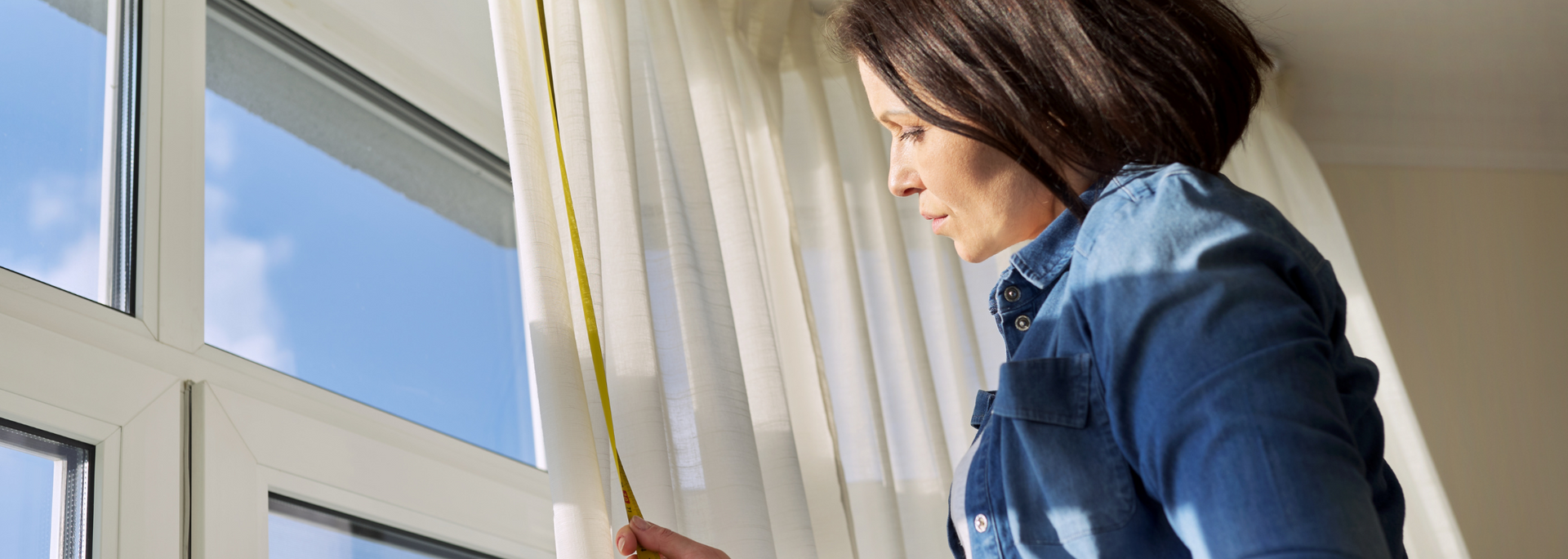
If these two measurements aren't identical, the window isn't level. This will need to be communicated to your installer so you can be sure you'll get a good fit.
Should you replace windows yourself?
When it comes to home improvements, it's never been easier to do it yourself. Once upon a time, you'd need someone to talk you through your options. Nowadays, you can read a blog or watch a YouTube tutorial and hey presto, you're ready to get your tools and start work.
But there are two main reasons why people go DIY – and in our opinion, only one of them makes real sense. If you love DIY, don't let anybody hold you back. But if you're doing it yourself because you think it'll save you money, you might want to think again.
When you pay a professional to replace your windows, you're not just paying for manual labour – you're also paying for expertise. Of course, you can get this expertise yourself. But it's going to cost you time and money.
Secondly, doing a DIY job when your heart's not in it is likely to result in mistakes. And in the context of home improvements, mistakes are going to cost you. The best-case scenario is that you'll end up with a slightly wonky job. The worst-case scenario is that you end up paying for a professional to fix it for you at great expense.
So before you dive into a DIY window replacement project, ask yourself this: are the savings you could make worth the stress and the possibility of having to start again with a professional? If the answer is no,
get in touch. We'll be more than happy to help you nail your home improvement goals.
Based in Wakefield, West Yorkshire, Calder Windows is a trusted and established
window and door supplier. Don't hesitate to
contact us for expert advice or a quick, honest quote.
Get a FREE quote
Are you on the lookout for uPVC window fitters in Wakefield or West Yorkshire? With over 30 years' experience and an extensive range of uPVC windows, we can help. Request a quote today or apply for finance and spread the cost.

